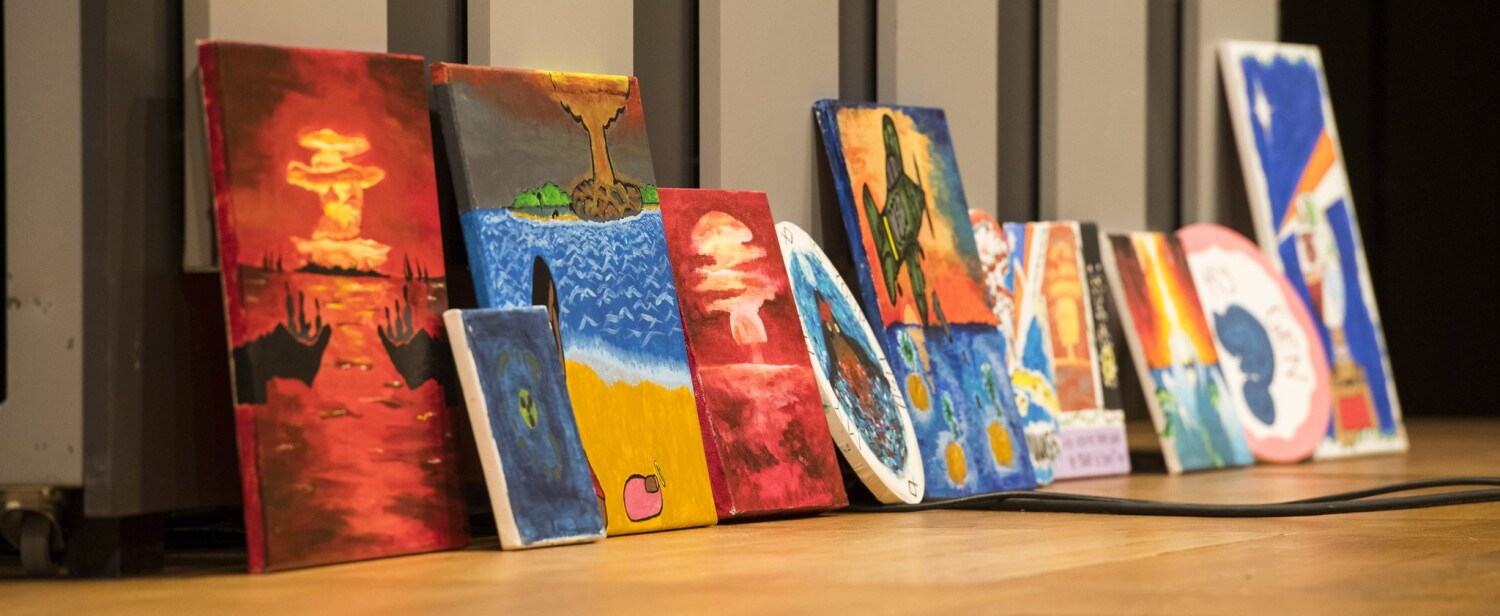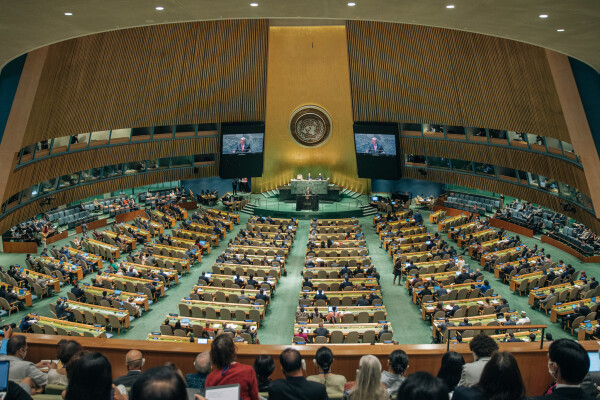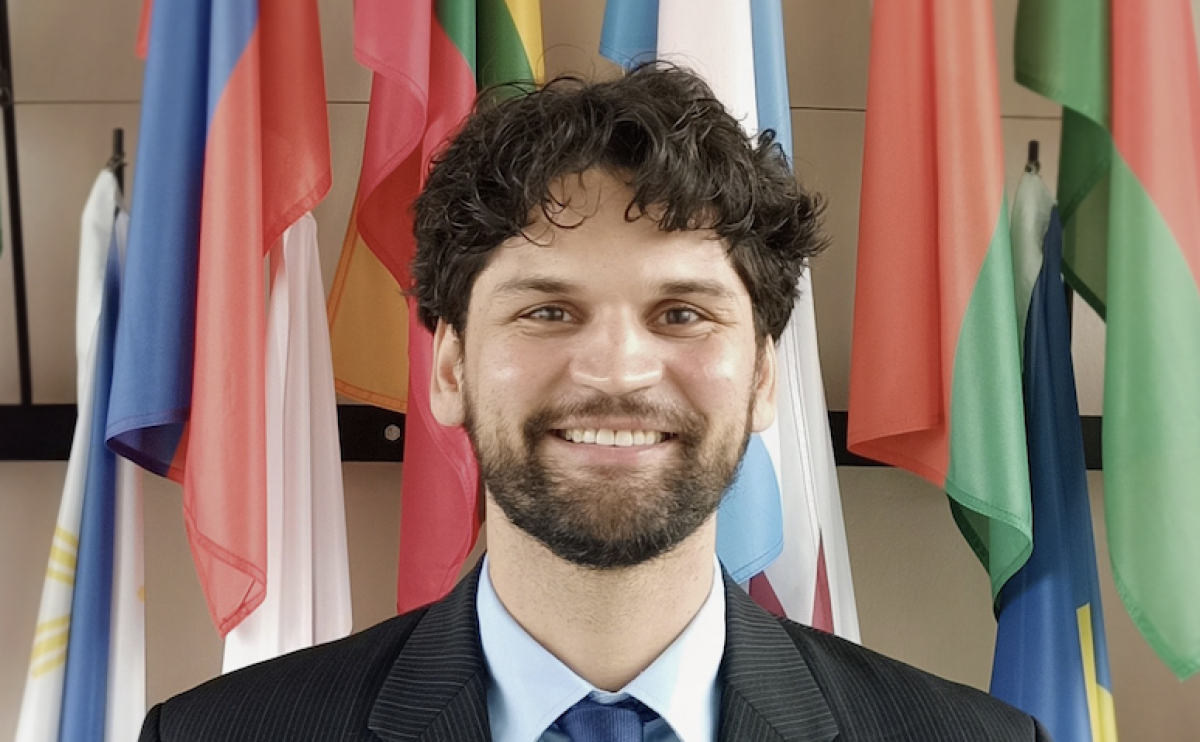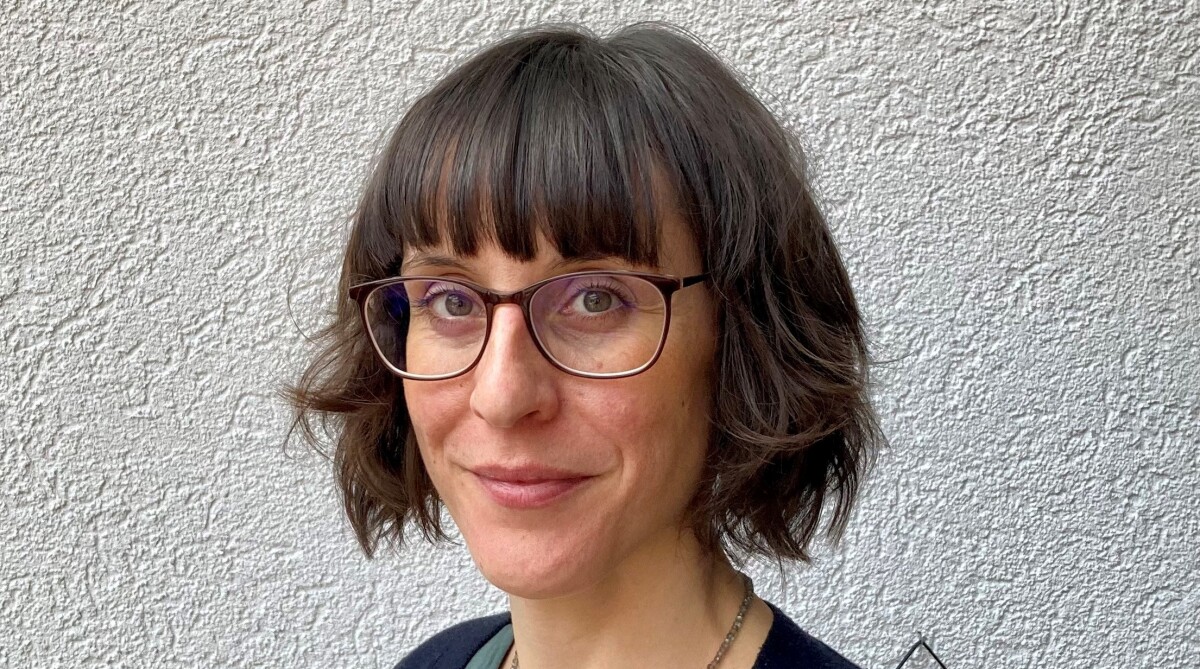The nuclear governance multiverse in a nutshell: The 2022 conferences on the prohibition and nonproliferation of nuclear weapons

ICAN, Alexander Papis
Leonardo Bandarra, Carmen Wunderlich
4.10.2022
The multiverse theory is among the most fascinating recent developments in the field of theoretical physics. According to this theory, our universe, with the millions of stars and planets humankind is only starting to explore, may not be the only one out there. There may be other universes: some very similar to ours, but also some very different. Those universes may also coexist and even complement each other in ways we still cannot access. Theoretical physicians still don’t know what happens when different universes encounter each other in the multiverse. Some hypothesize they may clash, or destroy one another; others that they may merge, coexist, or just become something new.
Political Scientists made similar speculations on what would happen when two universes of nuclear weapons politics meet one another. This is exactly what seems to have happened now: Two worlds of international nuclear politics are coming to light in two international conferences and now seem to exist side by side. In 2022, countries from all around the world gathered in two different situations to discuss nuclear weapons - in July, in Vienna, and in August, in New York. They did so under dire circumstances, in a time when the nuclear non-proliferation regime is under severe stress and nuclear risks are higher than ever since the infamous 1963 Cuban Missile Crisis, with repeated nuclear threats by Russia in the context of its war against Ukraine. To an unaware spectator, the two meetings could have looked like different universes in a multiverse. Both looking very similar, but very different in kind, form, and content. Yet, both reinforce and complement each other in such ways that we are only now beginning to understand.
Those two meetings were the First Meeting of State Parties (1MSP) to the newly established Treaty on the Prohibition of Nuclear Weapons (TPNW), and the 10th Review Conference (RevCon) of the Treaty on the Non-Proliferation of Nuclear Weapons (NPT), in force since 1970. Both meetings discussed similar topics: non-proliferation, disarmament, verification, among others. The content of the discussions, the main players who were to lay the cards, and the involvement of civil society, however, differed significantly. Most importantly, both treaties are based on very different interpretations of the “laws of nature” surrounding nuclear politics, even though they share the goal of preventing nuclear war and even though all members of the TPNW are also members of the NPT.
The newly formed universe of the TPNW showed the possibilities of imagining a world without nuclear weapons. In Vienna, 83 non-nuclear-weapon-states, covering 49 member states and 34 observers, met to discuss the implementation of the recently adopted Treaty, including stipulations on victim assistance, gender considerations, verification of nuclear disarmament, among other issues. The atmosphere was ruled by the “laws” of humanitarianism, the oversight power of international law and norms leaning to a comprehensive nuclear-weapon ban. The meeting room was full of civil society representatives from all around the world who had a decisive role in negotiating the treaty: academics, local politicians, survivors of atomic explosions, e.g., in the Pacific. Over eighty civil society organisations were present. Such presence is the main difference between the TPNW and how things are handled in the NPT, where nuclear weapon states still dominate.
The 1MSP ended up with a strong political declaration reinforcing the norm against nuclear use and an ambitious 50-point action plan to push for a world without nuclear weapons via universalization of the Treaty. It includes a ten-year timeline for the destruction of nuclear weapons were nuclear weapon states to join the TPNW and 90 days for nuclear umbrella states to exit sharing arrangements; measures for gender-sensible victim assistance and remediation of contaminated land, including the proposal to establish an international fund as well as the establishment of a scientific advisory board, in order to help with implementation of the decisions, including with regard to verification. This plan is, however, not subscribed by any nuclear-weapon-state nor their allies, who seemed to be living in a different universe.
A parallel universe was seen in the NPT RevCon, where members of the TPNW universe coexisted with those countries that rely on nuclear doctrines for their security. The New York meeting marked the 50th anniversary of what is considered the cornerstone of the non-proliferation regime – a reference that is also reiterated in the preamble of the TPNW itself. Some expected the RevCon to build up on previous conferences and advance on critical issues, like designing the infrastructure towards sustainable disarmament. This was, unfortunately, not the case, and those very expectations dissipated following the Russian invasion of Ukraine and the efforts to protect nuclear infrastructures in that scenario.

ICAN, Jeenah Moon
The NPT started in a climate of low mistrust and pessimism, which remained during most of the meeting. The “laws” of power politics and deterrence proved hard to overcome. Unlike in Vienna, the New York meeting was less inclusive, with limited civil society participation, smaller-than-usual delegations, including those from middle and large countries, and the dominance of closed-door negotiations. That setting, however, was not that different from previous NPT meetings – but all the more noticeable for those who had attended the two conferences.
Central topics discussed included nuclear verification, particularly in the context of war; peaceful uses; nuclear sharing and proliferation. On the spotlight were Russia and Ukraine; the plans to deliver nuclear submarines to Australia in the context of the newly formed AUKUS security pact between Australia, the United Kingdom, and the United States; the discussions surrounding alliances in East Asia and the Pacific; and measures to prevent the risk of accidental or deliberate nuclear detonations. Some topics pushed under the TPNW universe, such as the gender component of nuclear weapons policy and the effects of nuclear explosions in civilian populations, also featured in the RevCon, even if in the side-lines of the discussions.
The RevCon ended up with a lean and unambitious draft document, which was ultimately vetoed by Russia. Given the pessimism that underpinned most of the NPT meeting, the very fact that a final document was nearly adopted is nonetheless something remarkable. Determination to uphold the NPT apparently led many to swallow their disappointment about the lack of ambition and even ignoring the nuclear weapon states’ bristling about “responsible” nuclear behavior while evading any sincere debate about legally-binding negative security assurances, no-first-use policies, or further disarmament commitments.
The two main nuclear weapons conferences could not be more different, even though they both address the same objective: to prevent nuclear war. For observers, the question is how the two parallel universes will relate to each other in the future. False (and ultimately unsubstantiated) alarms about the incompatibility of the TPNW and the NPT seem to be overcome now and the witness of observer states to go to Vienna showed the relevance of meaningful engagement with the TPNW, where the environment proved open and inclusive, enabling new concerns and ideas to emerge. Today, changes in the “laws” of the much older and bigger NPT universe – particularly with regard to nuclear disarmament (article VI) – are pushed by its merging with the younger TPNW universe. Both universes coexist and show different ways to handle the topic of nuclear weapons. Time will show what will come from this relation. How time works within the multiverse, is, however, still a mystery.
Authors

Dr. Leonardo Bandarra
Room: LF 323
Phone: +49 (0)203-379-1991
E-Mail: leonardo.bandarra[at]uni-due.de
Dr Leonardo Bandarra is a Postdoctoral Researcher at the University of Duisburg-Essen, Germany, working on nuclear verification, disarmament, and non-proliferation, as part of “VeSPoTec: Center for Integrated interdisciplinary verification research”, funded by the German Ministry of Science and Education.

Dr. Carmen Wunderlich
Room: LF 316
Phone: +49 (0)203-379-2043
E-Mail: carmen.wunderlich[at]uni-due.de
Staff Portfolio

